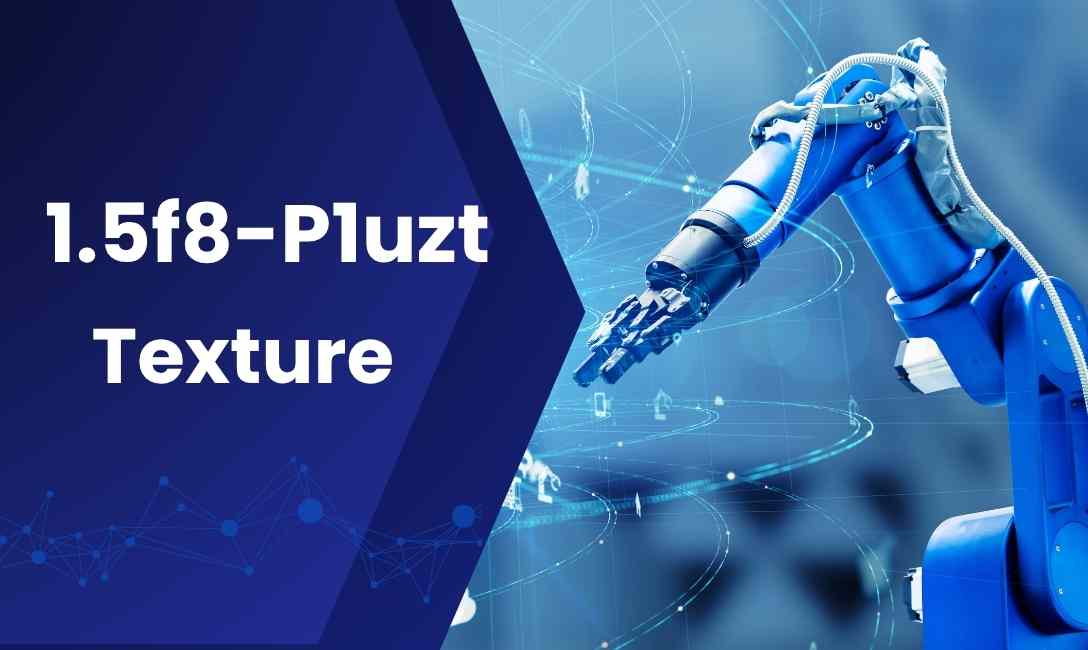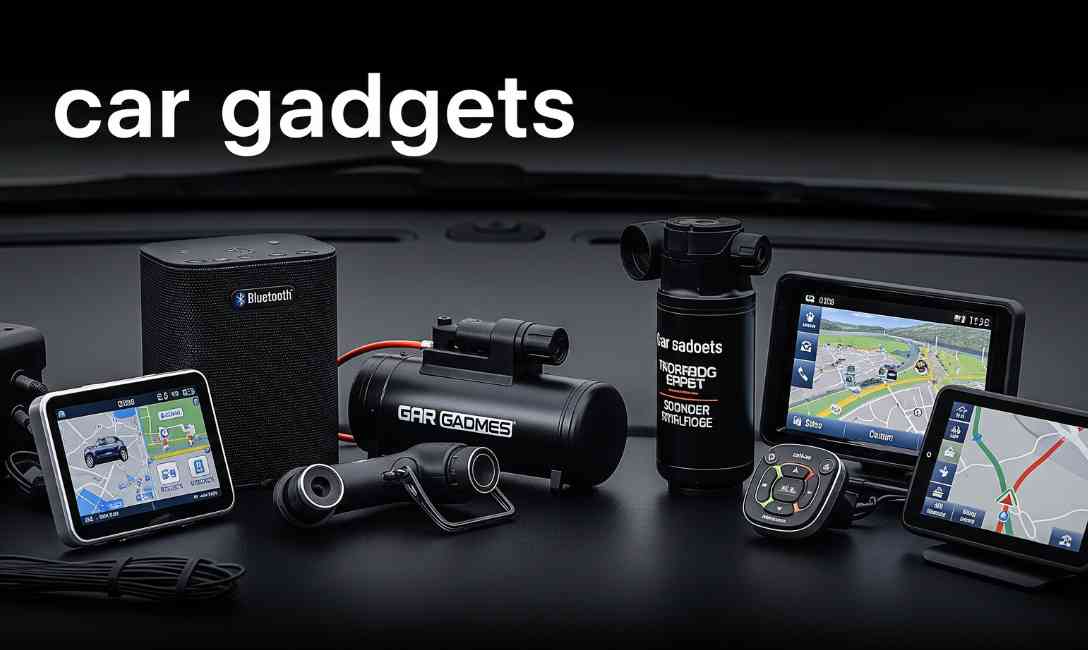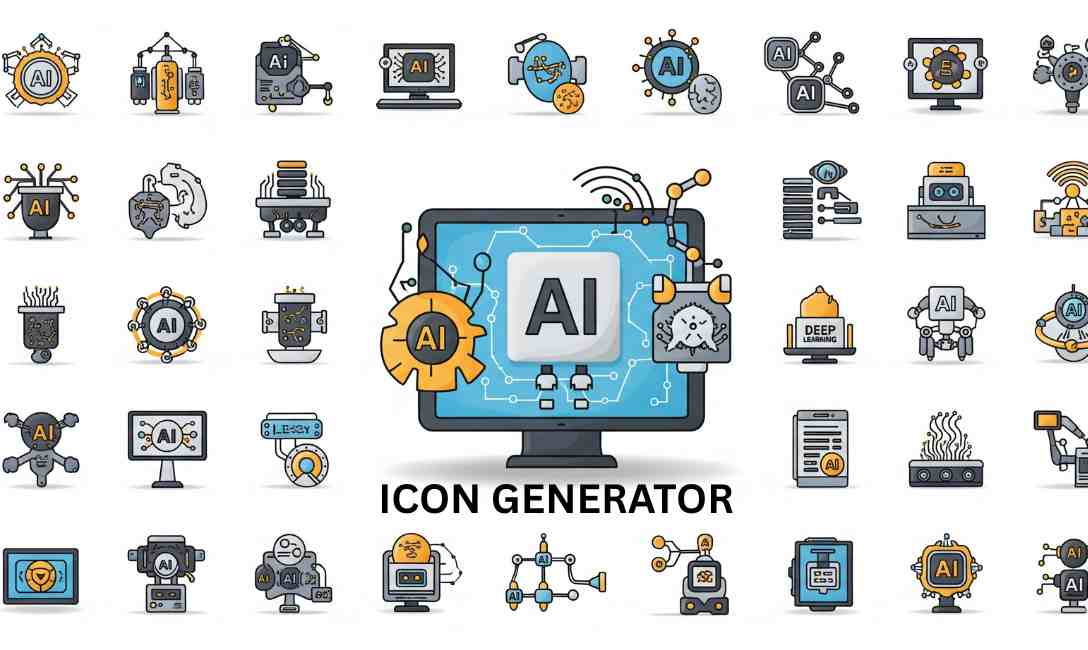Introduction: What is 1.5f8-p1uzt Texture?
In today’s world of rapidly advancing materials science and design technology, 1.5f8-p1uzt texture has emerged as a notable term in both industrial and creative sectors. While it may sound technical or obscure to the average person, this texture holds significant value in various fields including engineering, architecture, 3D modeling, and even digital user interface (UI) design.
This article provides a comprehensive overview of 1.5f8-p1uzt texture—its definition, characteristics, real-world applications, and how it fits into the broader landscape of material science and digital design. Whether you are a product designer, software developer, or a student of materials engineering, this guide offers in-depth insights into this innovative texture format.
What is 1.5f8-p1uzt Texture?
The term 1.5f8-p1uzt texture refers to a highly specialized surface pattern or digital texture profile that exhibits a hybrid mix of structural precision and visual subtlety. The texture is often associated with advanced polymer compounds, composites, or high-definition digital textures used in virtual environments.
While the name “1.5f8-p1uzt” may represent a proprietary or coded format, similar naming conventions are commonly used to classify complex textures or synthetic surface coatings in industries like automotive manufacturing, aerospace, gaming, and augmented reality (AR).
Key Characteristics of 1.5f8-p1uzt Texture
To understand the functional importance of 1.5f8-p1uzt texture, it’s vital to recognize its key features:
1. Microscale Detailing
This texture often consists of micro-patterns not visible to the naked eye but essential for enhancing material friction, grip, or light diffusion.
2. High-Resolution Mapping
In digital contexts such as gaming or 3D rendering, 1.5f8-p1uzt texture supports ultra-high-resolution mapping that provides realism to models and environments.
3. Versatile Compatibility
Its hybrid design allows it to integrate well with polymers, carbon composites, and metallic finishes—both digitally and physically.
4. Durability and Resistance
When applied to physical surfaces, the texture improves resistance to wear, moisture, and environmental degradation.
Technical Composition and Structure
The “1.5f8” portion likely refers to a specification code denoting the resolution level or the physical dimensions of the pattern, while “p1uzt” may refer to its pattern class or chemical properties. In most cases, such codes are used internally by manufacturers or software developers to define standardized textures.
Material Base:
- Digital Textures: Often rendered using normal maps or bump maps for 3D engines.
- Physical Textures: Commonly composed using synthetic polymers, nanocoatings, or ceramic composites.
Layered Design:
- Base Layer: Offers structural strength.
- Intermediate Matrix: Provides flexibility or thermal regulation.
- Surface Texture: Embeds the unique 1.5f8-p1uzt pattern.
Applications of 1.5f8-p1uzt Texture
1. Automotive Industry
Manufacturers utilize this texture on dashboards, steering wheels, and touch-sensitive panels to enhance grip and tactile feedback while preserving aesthetics.
2. Aerospace Engineering
Used in aircraft interiors and control panels for non-slip performance and resistance to extreme temperatures or pressure conditions.
3. Consumer Electronics
In smartphones, laptops, and gaming consoles, this texture improves hand feel and reduces fingerprint marks on casings and surfaces.
4. Virtual Design and Gaming
Game developers apply this texture in environments to achieve ultra-realistic terrain, object surfaces, or clothing details.
5. Architecture and Interior Design
Wallpapers, floor panels, and surface finishes mimic the 1.5f8-p1uzt texture for a modern, sleek appearance that also improves surface resilience.
Benefits of 1.5f8-p1uzt Texture
- Enhanced User Experience: Tactile feedback improves ergonomics and user comfort.
- Improved Aesthetics: The visual depth provided by this texture adds luxury and modernity.
- Increased Longevity: Textures that resist wear and tear extend product life.
- Sustainability: Many variations are made using recycled or eco-friendly materials.
- Interdisciplinary Utility: From virtual gaming to aerospace, this texture proves versatile and future-proof.
Industry Standards and Certifications
To maintain quality and performance, 1.5f8-p1uzt textures often adhere to international standards:
- ISO 4287: For surface texture and roughness.
- ASTM D882: For tensile properties of thin plastic sheeting.
- RoHS Compliance: Ensures materials are free from harmful substances.
Additionally, when used in digital formats, 3D models may be certified or approved for real-time rendering standards such as:
- GLTF 2.0 Compatibility
- PBR (Physically Based Rendering) Support
How to Work with 1.5f8-p1uzt Texture
For Designers and Engineers:
- Use CAD software like SolidWorks or CATIA with material libraries that support advanced textures.
- Integrate into product mockups using realistic rendering tools like Blender or 3ds Max.
Developers:
- Import texture maps in Unreal Engine or Unity.
- Use plugins to ensure the texture responds accurately under dynamic lighting conditions.
Manufacturers:
- Apply coatings through electrostatic deposition or nano-spraying techniques.
- Ensure the surface is clean and primed before application for maximum adhesion.
Potential Challenges and Solutions
| Challenge | Solution |
| Difficulty in scaling texture mapping | Use vector-based mapping or procedural texturing |
| Compatibility with older hardware | Offer LOD (Level of Detail) versions |
| Cost of high-end materials | Use sustainable or blended alternatives |
| Surface uniformity in manufacturing | Adopt AI-based robotic sprayers for precision |
Future Trends and Innovations
As technology advances, smart textures like 1.5f8-p1uzt will likely evolve to include self-healing, responsive, or interactive capabilities. For instance, surfaces embedded with this texture may soon respond to temperature, pressure, or motion, enhancing applications in:
- Wearable technology
- AR/VR immersive devices
- Next-gen automotive dashboards
Moreover, AI and machine learning are now being employed to auto-generate optimized texture patterns based on user needs and environmental data—indicating a more automated future for texture design and application.
Conclusion
The 1.5f8-p1uzt texture may seem like just another technical classification at first glance, but it represents a confluence of material science, industrial design, and digital innovation. From aerospace engineering to immersive game design, its application breadth makes it a crucial player in shaping the future of tactile and visual experiences.
Whether you’re a tech enthusiast, a material scientist, or a 3D artist, understanding and leveraging the properties of 1.5f8-p1uzt texture can open up new doors for product innovation and user satisfaction.
FAQs
Q1: Is 1.5f8-p1uzt texture only for digital environments?
No. It is used both digitally in 3D modeling and physically in manufacturing processes involving advanced materials.
Q2: Can I download this texture for free?
Many rendering libraries offer similar textures, but specific 1.5f8-p1uzt files may be proprietary and require licensing.
Q3: What software supports this texture?
Popular platforms like Blender, Autodesk Maya, SolidWorks, and Unity support such textures with the right plugins.




